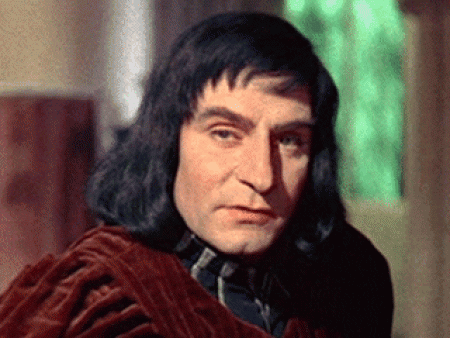Serendip is an independent site partnering with faculty at multiple colleges and universities around the world. Happy exploring!

Some words about the trip
For me, the upcoming trip will be a great opportunity to gain new understanding about the topics we covered during the class. What I really want to learn about is the students’ expectations about education. What kind of education do they want to gain? Do they like the way teachers teach? Why do or why don’t? Is “school smart” more valuable or “streetwise”? What their dreams are? Do they believe access to education can lead them to where they want to go? A lot of questions pooped in my head. But I feel quite unsure about how to start the conversation and make it both enjoyable for me and the high school student. I want to talk to them, not just ask questions and make it like an interview between a college student researcher and a high school volunteer. I hope I can find a certain point to begin the conversation. But as an international student, I grew up in a totally different background as they did, which makes it harder to have enough common experiences to develop the sentences. I understand that these differences, on the one hand, may make our conversations more interesting and beneficial for both sides, but on the other hand, I am worried about saying something that offensive or impolite. I don’t know whether I have enough chance to make a deep conversation, but at least I think I will try my best to bring something new to them.

High School Visit
I'm very excited for our upcoming trip to the high school--I love seeing new learning environments, and, this being a selective public school, I am eager to see what sort of differences there are here as compared to a regular public school, without an entrance exam. That being said, I don't know that I support public charter schools, as we call them in DC. I see their merit, in bringing students who don't have the opportunity to go to private school to a higher-level educational enivronment. But I also see how they might be detrimental to communities, where the kids who are left behind in the local public schools are even more likely to be neglected, with more resources going to help the kids who are already succeeding rather than going to those who have not yet reached success.
Expectations
After all the stories/articles etc, on what we read about education, I view school in a different way. Going to this public high school where you have to take a test to get in, is different. At least it's different, from what my public high school was like. Every school is different and so I don't know what I expect from going to the high school. After the silent board activity that brought up more questions about the high school were visiting. Questions that have to do with their education and how it differs from my mine is what peaks my curiousity the most. I'll be curious to see how their opportunities differ from mine, and how the high school views us.
Anxiety and Expectations
I'm feeling very anxious to visit the high school. Not only have I always been pretty socially unsure, but despite coming from an economically disadvantaged background, I've been separated from "city kids" for a long time and don't know what to expect when it comes to their behaviour, attitude, and language (eg, will they be laid-back? Use a lot of slang? Be open to our visit?). I think that a lot of this anxiety comes from our use of the term "inner-city," which has a mostly negative connotation, to describe the school. I've worked at an "inner-city" charter school before, albeit one which was kindergarten-8th graders, and what I saw there was a little disheartening.
While I consciously recognise the potential of the economically disadvantaged and those from the city, I hope that this trip can change my subconscious feelings, showing me that there is hope for more of us than I had previously imagined. Their policies seem fairly strict, so I'd imagine that the majority of the kids will be well-behaved, and I'm interested to learn about their "school selves" as opposed to their "home selves." I also think this will be an interesting place to observe how the educational system enforces "middle-class values" onto the other classes.











